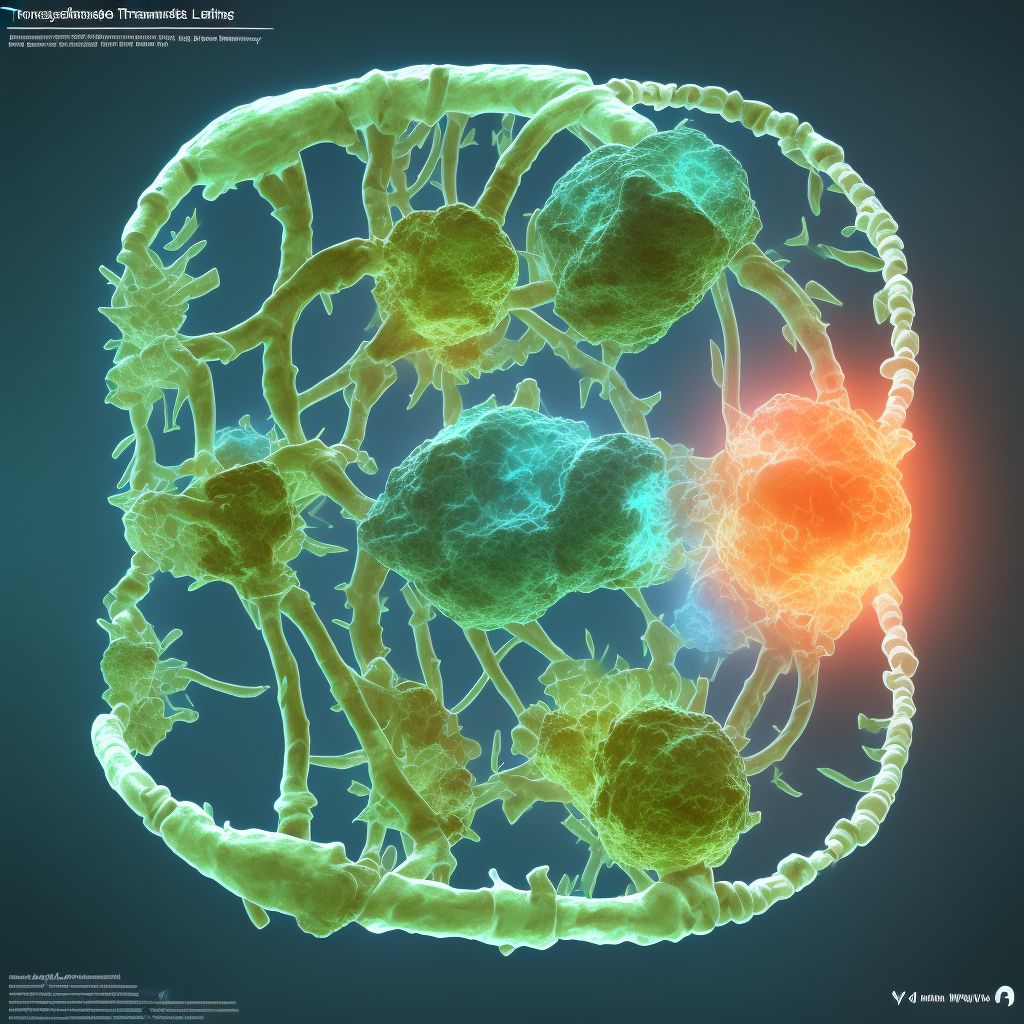
Nondisplaced transverse fracture of shaft of left tibia, sequela Save
ICD-10 code: S82.225S
Disease category: S82.225: Nondisplaced transverse fracture of shaft of left tibia
Nondisplaced Transverse Fracture of Shaft of Left Tibia, Sequela: Causes, Symptoms, and Recovery
A nondisplaced transverse fracture of the shaft of the left tibia is a specific type of fracture that occurs in the long bone of the lower leg. This article aims to provide an overview of the causes, symptoms, and recovery associated with this condition.
Causes:
Nondisplaced transverse fractures of the shaft of the left tibia typically result from a significant impact or force applied to the leg. This can occur due to various reasons, including sports injuries, falls, or motor vehicle accidents. The fracture refers to a clean break across the width of the tibia bone.
Symptoms:
Common symptoms of a nondisplaced transverse fracture of the shaft of the left tibia include intense pain, swelling, and bruising at the site of the injury. The affected leg may become difficult to move, and there may be visible deformity or an abnormal alignment of the leg. Difficulty or inability to bear weight on the leg is also a typical symptom.
Recovery:
Recovery from a nondisplaced transverse fracture of the shaft of the left tibia depends on various factors, including the extent of the fracture and the individual's overall health. Treatment options may include casting or bracing to immobilize the leg, allowing the bone to heal naturally over time. In some cases, surgery may be necessary to realign the bone fragments or insert fixation devices.
Importance of Medical Consultation:
If you suspect a nondisplaced transverse fracture of the shaft of your left tibia, it is crucial to seek medical attention promptly. A healthcare professional will evaluate the injury using diagnostic imaging techniques such as X-rays or CT scans to determine the exact nature and severity of the fracture.
Preventing Complications:
While this article does not cover treatment, it is important to note that prompt and appropriate medical care is essential to minimize the risk of complications. Complications associated with this type of fracture may include delayed healing, malunion (improper bone alignment during healing), nonunion (incomplete healing), or infection.
- Causes
- Symptoms
- Recovery
- Importance of Medical Consultation
- Preventing Complications
In conclusion, a nondisplaced transverse fracture of the shaft of the left tibia can cause significant pain and disability. Seeking medical attention promptly is crucial for an accurate diagnosis and appropriate treatment. Remember, this article does not
Treatment of Nondisplaced transverse fracture of shaft of left tibia, sequela:
Treatment Options for Nondisplaced Transverse Fracture of Shaft of Left Tibia, Sequela
A nondisplaced transverse fracture of the shaft of the left tibia is a type of fracture where the bone is broken across its width but remains in its proper position. This condition can have long-term effects, known as sequela, which require appropriate treatment to ensure proper healing and recov...
To see full information about treatment please Sign up or Log in